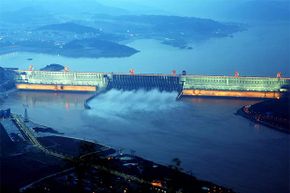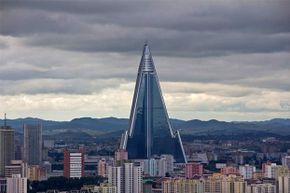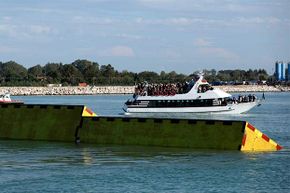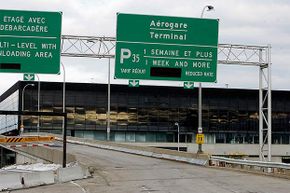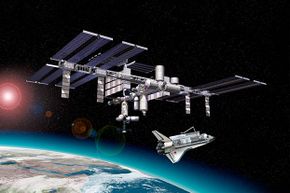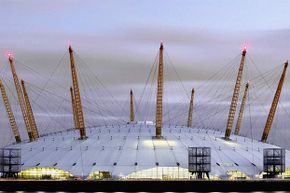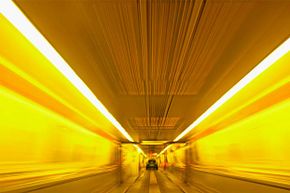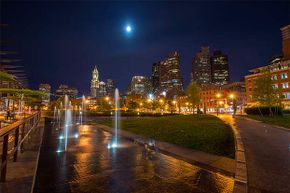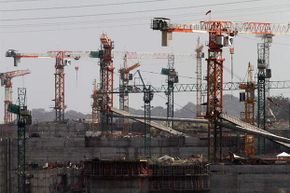Key Takeaways
- Ambitious construction projects like the Three Gorges Dam and the Ryugyong Hotel have historically overrun their initial budgets, often due to a combination of optimistic revenue projections and miscalculated costs.
- Environmental and practical challenges, such as relocating populations for the Three Gorges Dam or completing the never-opened Ryugyong Hotel, have plagued these projects, escalating costs and impacting their feasibility and completion.
- Despite their financial and logistical issues, some of these projects, like the Sagrada Familia and the International Space Station, have become iconic in their own right.
Since ancient times, humans have dreamed up grandiose construction projects and spent equally immense sums to turn their architectural visions into reality. In the mid-26th century B.C.E., the Egyptian pharaoh Knufu burned through a great deal of his kingly wealth erecting the Great Pyramid at Giza -- which by one estimate would cost $5 billion to duplicate today, even with modern construction technology [sources: Wolchover, National Geographic]. In the 1600s, the French King Louis XIV set out to build a residence as monumental as his ego, and drained the national treasury to erect the sprawling, ornate Palace of Versailles, whose price tag may have reached nearly $300 billion in modern currency [source: PBS].
Since then, the world has seen plenty of other ambitious construction projects turn into money pits for their builders, from airports and stadiums to tunnels and water dams. These white elephants often share some commonalities: overly rosy revenue projections coupled with severe miscalculations of the actual project costs; fraud in the construction bidding process, and good old-fashioned political corruption.
Advertisement
Here's our list of 10 such construction projects that broke the bank. A few of them are still not finished.

